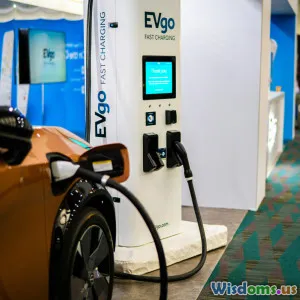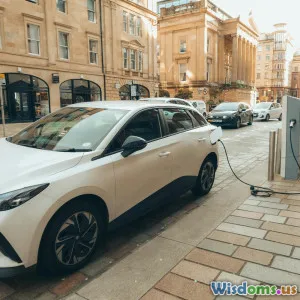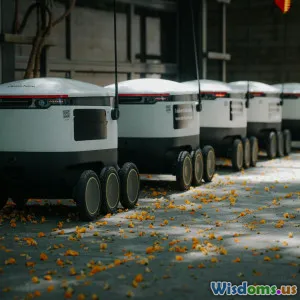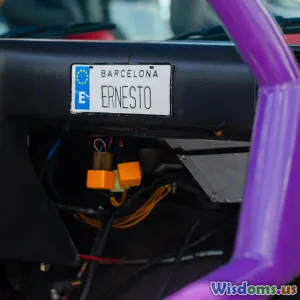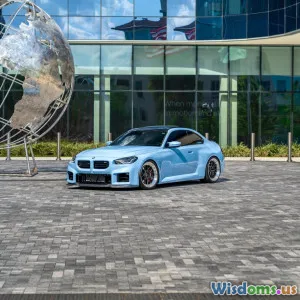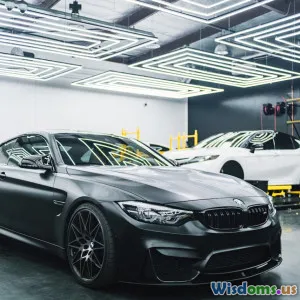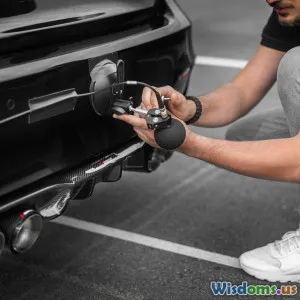
Which Carmakers Lead in Autonomous Technology This Year
18 min read Explore which carmakers are leading the race in autonomous vehicle technology this year and how their innovations are shaping the future of transportation. (0 Reviews)
Which Carmakers Lead in Autonomous Technology This Year
If you’ve ever glanced out the window on your morning commute and noticed a car gliding along, seemingly steering itself with ease, you’ve witnessed firsthand a revolution underway. Autonomous vehicles are rapidly inching closer to becoming a routine presence on our roads—but not all automakers are racing at the same speed. This year, the competition to lead in autonomous driving technology is fiercer than ever, with established giants and nimble newcomers battling for dominance. So, which carmakers are truly at the forefront in 2024?
The Rise of Autonomy: A New Era on the Roads
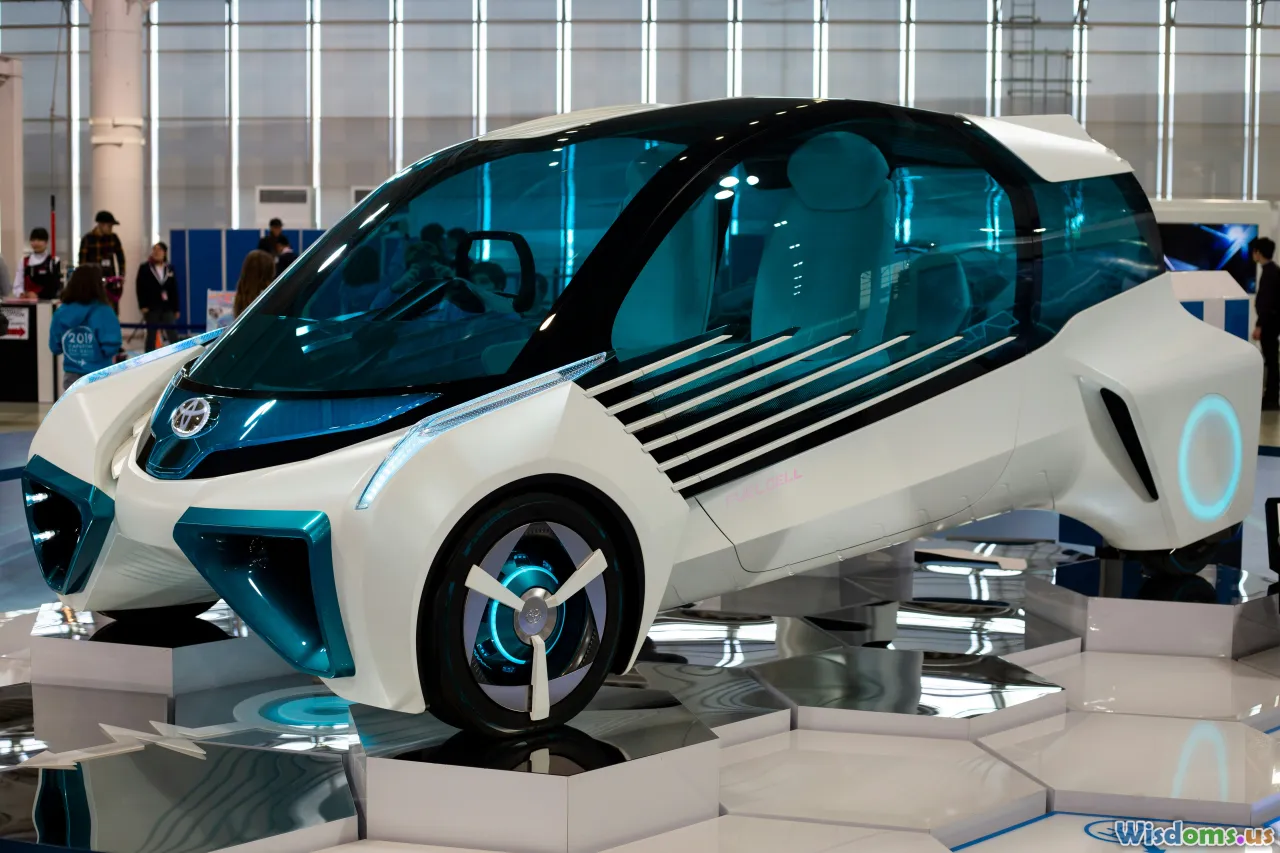
The autonomous vehicle (AV) landscape has grown exponentially over the last decade, but 2024 feels like an inflection point. With advancements in artificial intelligence, machine learning, and ultra-sensitive hardware such as LiDAR and radar, carmakers are converging on a common goal: achieving safe, scalable, and consumer-friendly autonomy.
In practical terms, autonomy is often ranked by the Society of Automotive Engineers (SAE) from Level 0 (no automation) to Level 5 (full automation). Most vehicles on the road offer Level 2 (partial automation), such as adaptive cruise control and lane-keeping assist. However, a select group is breaking into Level 3 or flirting with Level 4, where the car can operate largely hands-free in certain conditions.
The practical benefits are compelling. In 2023, the National Highway Traffic Safety Administration (NHTSA) acknowledged a notable drop in certain types of collisions in areas where AV pilot programs operated, spotlighting the real safety potential of these systems.
Tesla: The Pioneer That Keeps Pushing Boundaries
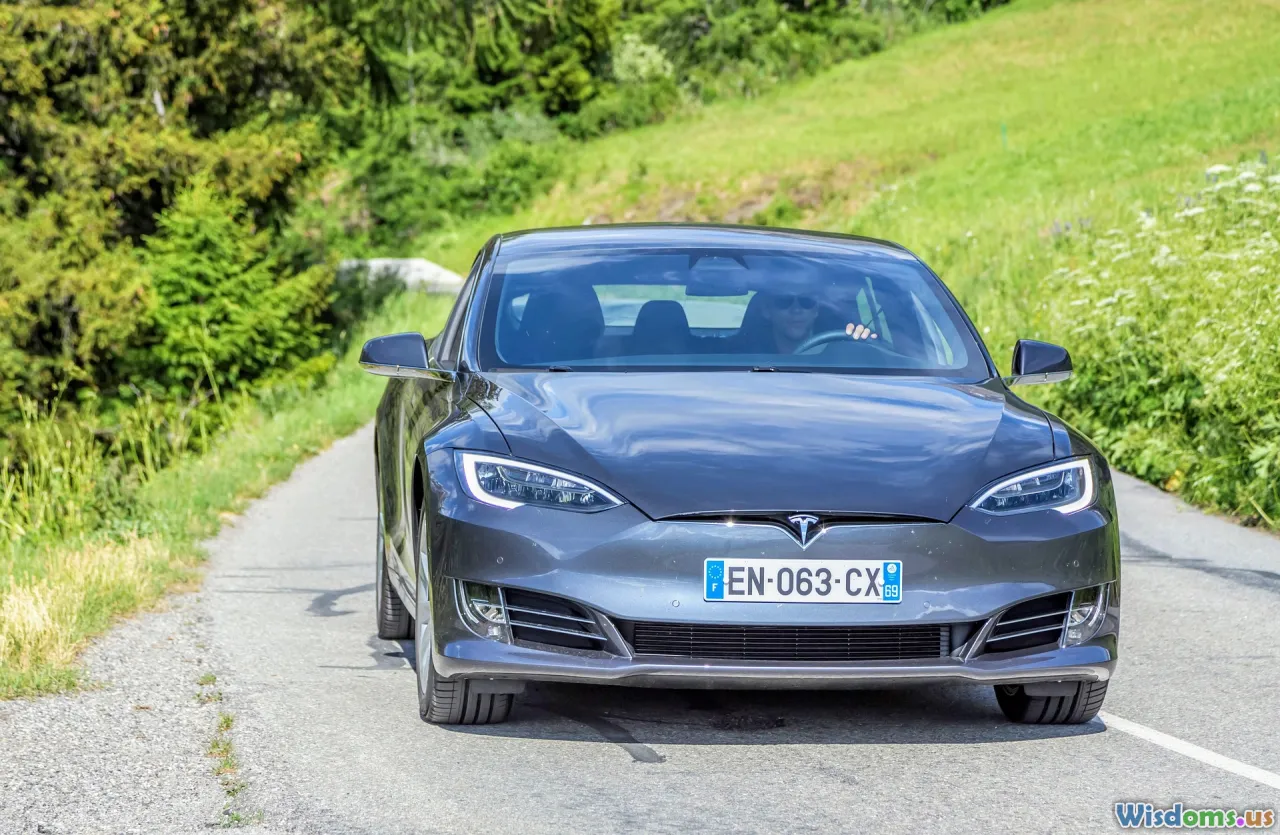
A conversation about autonomous driving would be incomplete without Tesla. Elon Musk’s company has been the de facto headline-maker year after year, largely due to its highly visible Autopilot and "Full Self-Driving" Beta (FSD) programs.
In 2024, Tesla’s FSD Beta expanded beyond North America into parts of Europe and Asia. More than 800,000 Tesla drivers are now participating, up from 400,000 just a year ago. This surge is largely due to the company’s aggressive rollouts, direct software updates, and the unique ability to collect and synthesize tens of millions of real-world driving miles into their self-learning neural network.
However, it’s crucial to note that Tesla’s system remains technically Level 2—drivers must supervise actively—despite some ambitious public claims. Recent real-world reviews show improvements in city navigation and unprotected left turns, yet critics voice concern over the occasional unpredictable behavior in complex urban environments.
Tesla’s aggressive pace paves the way for innovation but has led to ongoing debates regarding safety, regulation, and consumer expectation management. Still, no one can deny its invaluable role in propelling the industry—and its relentless improvements keep it in the global lead.
Waymo: Alphabet’s Silent Game Changer

Often less flashy than Tesla but every bit as influential, Alphabet’s Waymo operates one of the world’s largest and most recognized fleets of fully driverless vehicles.
Throughout 2024, Waymo’s robotaxi service in Phoenix and San Francisco continued pioneering the so-called Level 4 experience—no safety driver, no steering wheel intervention, even during complex night-time or congested downtown rides. As of May 2024, Waymo reported 15 million fully autonomous miles (and more than 25 billion simulated), far surpassing many rivals in real-world Operation Design Domains (ODDs).
Recent partnerships with Uber and other ride-hailing platforms in Los Angeles have further accelerated public adoption, with over two million paid passengers using Waymo’s services this year. Consumer feedback consistently rates Waymo’s rides as smooth, safe, and largely indistinguishable from human-driven alternatives—key benchmarks for mainstream trust.
Waymo continues to scale without the controversial incidents that have dogged some competitors, giving it undisputed credence as the industry’s gold standard for reliability and mature policymaker collaboration.
Mercedes-Benz: First to Put Level 3 on Real Roads
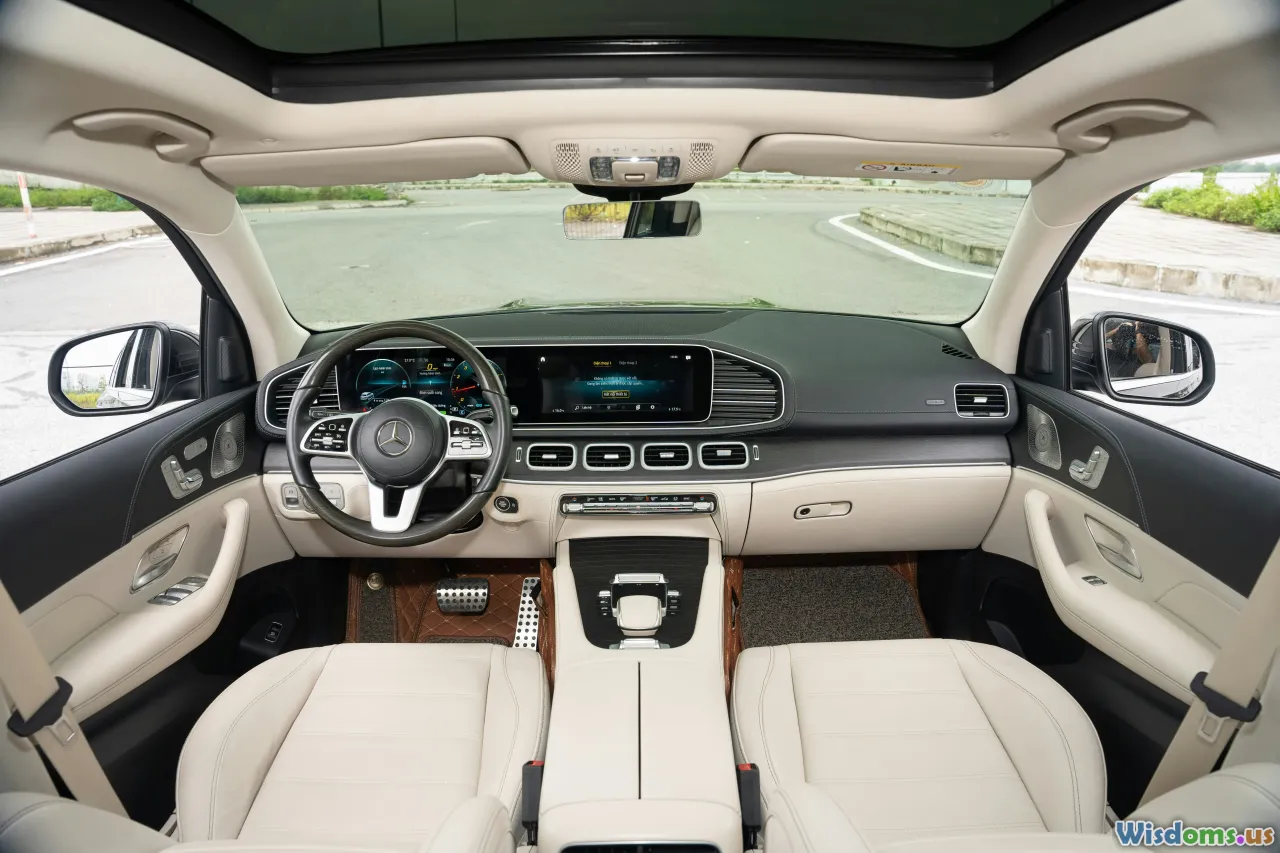
Outside Silicon Valley, legacy automakers aren’t sleeping. In 2024, German engineering took a clear lead when Mercedes-Benz became the first production carmaker to gain approval for true Level 3 functionality on U.S. public roads.
Their flagship S-Class and EQS sedans, equipped with the “Drive Pilot” system, are now certified for hands-off, eyes-off driving at up to 40 mph in stop-and-go California and Nevada traffic. Mercedes uniquely takes legal responsibility for the system during hands-free operation—a seismic move, as it partly lifts liability from drivers and sets new standards for consumer protection.
Despite the feature’s geographic speed limitations, reviews show it’s exceptionally confident in traffic jams and urban congestion. Mercedes’ conservative, verification-heavy development process sets an example for safety-focused rollouts and regulatory partnership.
Complementing its Drive Pilot, Mercedes continues investing in artificial intelligence for lane assignments, predictive route planning, and even AI-based voice assistants for in-cabin monitoring—demonstrating holistic innovation far beyond hardware alone.
General Motors & Cruise: Scaling the Fleet City-by-City
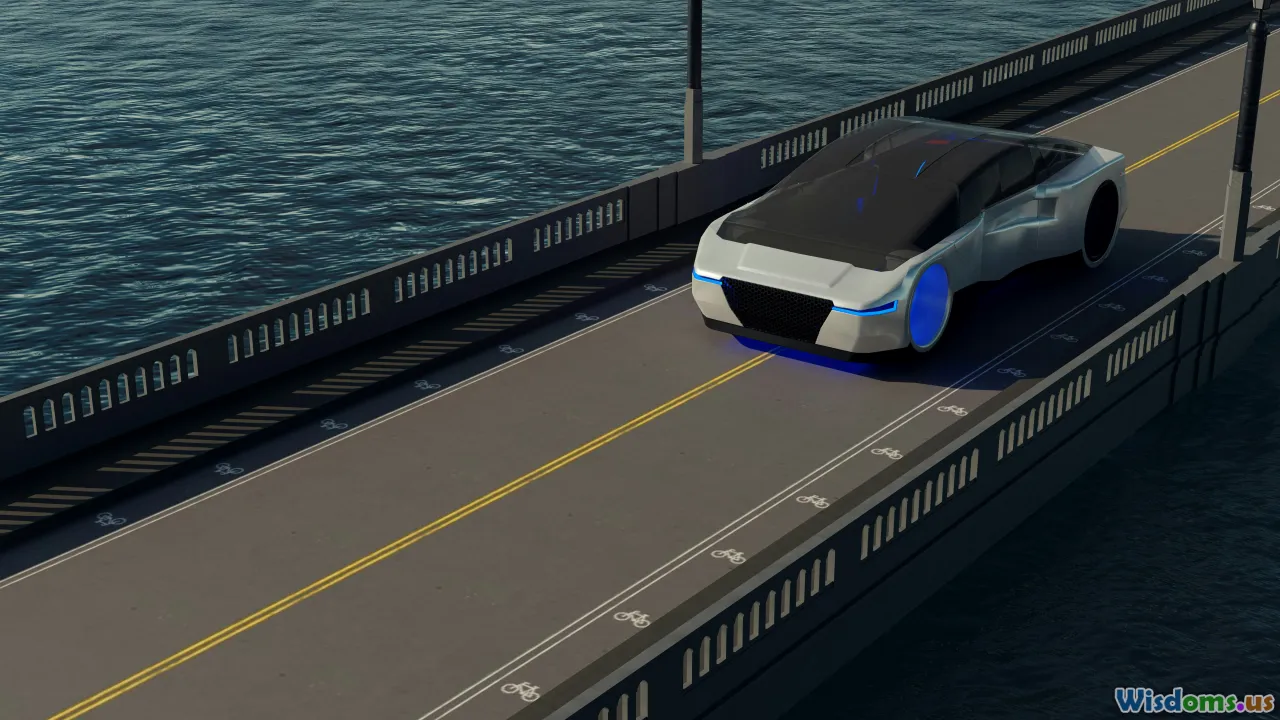
General Motors’ Cruise subsidiary is another formidable player, especially when it comes to scaled deployment in bustling American cities. By mid-2024, Cruise vehicles logged over seven million autonomous miles in San Francisco, Austin, and Houston, often in some of the country’s trickiest urban environments.
Cruise’s all-electric robotaxis are among the first to feature steering wheels as optional—continuous with plans for a fully “operatorless” future. The vehicle’s sophisticated sensor suite (combining LiDAR, radar, and cameras) gives it 360-degree awareness at nearly all times, allowing smooth navigation even under low-visibility or unpredictable conditions.
Notably, Cruise made headlines by offering nighttime robotaxi rides for regular passengers, a domain where even top competitors hesitate. Critics have raised questions regarding blackout policy in emergencies and the company’s pace of geographic expansion, particularly after a temporary halt in operations in select areas following a high-profile traffic incident. Still, its technical chops and major urban partnerships keep Cruise among the market’s most-watched competitors.
Chinese Innovators: Baidu, Pony.ai, and the Global Race

While U.S. tech giants dominate much media discourse, 2024 marks an unprecedented acceleration in Chinese autonomous vehicle technology. Key players, especially Baidu Apollo and Pony.ai, are aggressively expanding AV pilot programs across a dozen cities, from Shanghai to Shenzhen.
Baidu Apollo Go, now serving over 500,000 rides per month, leads in commercial deployments, combining proprietary sensing technology with mapping and cloud-based route optimization. The government’s support for real-world testing sites—in the form of smart urban infrastructure, dedicated AV lanes, and data-sharing platforms—supercharges the developmental feedback loop, allowing faster real-life iteration.
Pony.ai, a close competitor, now tests fully driverless vehicles (Level 4) on both passenger and cargo routes, sometimes in tandem with public transport. One notable milestone: In late 2023, its fleet completed the world’s first autonomous commercial long-haul delivery between Beijing and Shanghai, successfully handling everything from foggy mountain passes to congested ring roads.
Their approach is often more fleet-based (robotaxis and shuttles) than private vehicle-centric, providing unique lessons for the broader AV industry as public mobility needs evolve.
Emerging Challengers: Hyundai, Honda, and Volvo
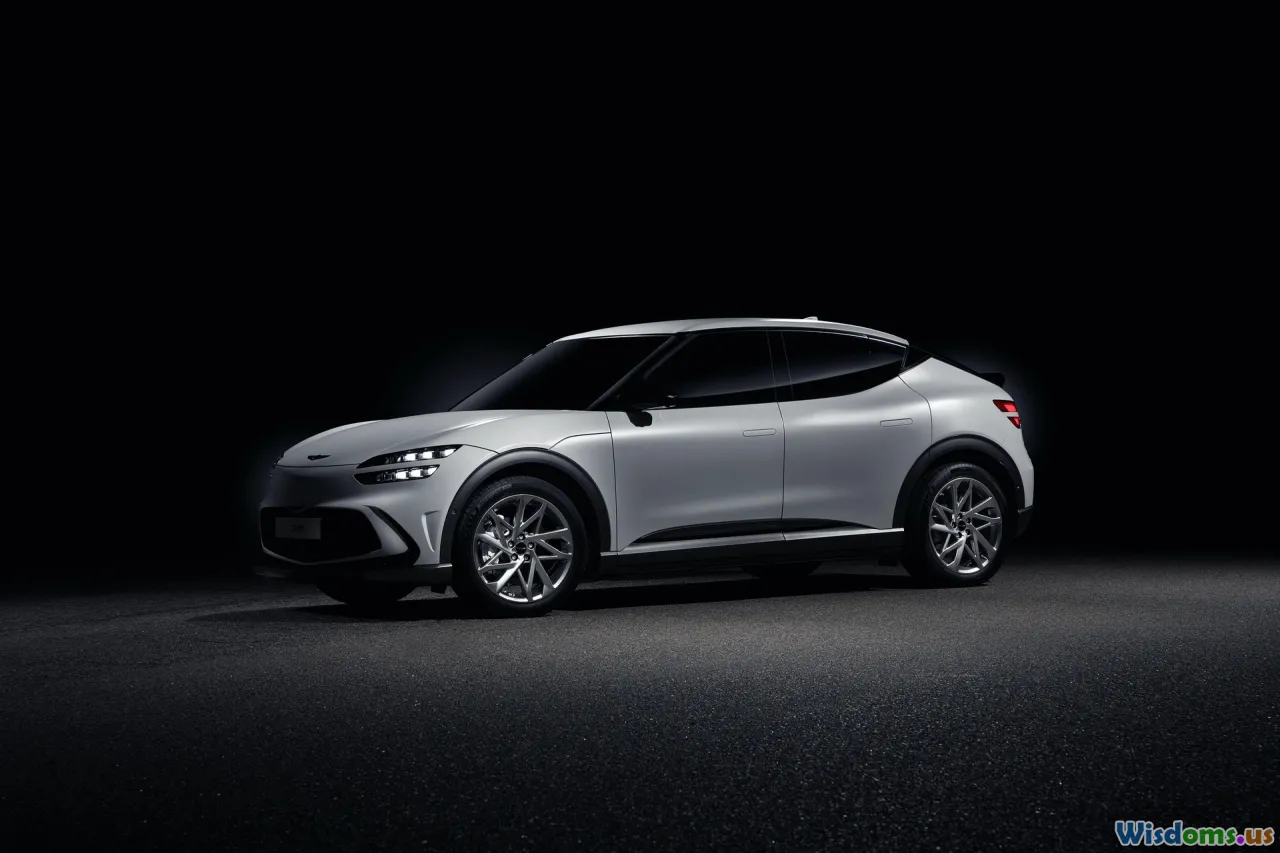
While the spotlight shines on the main contenders, 2024 brings a surge of innovation from less-heralded but technologically ambitious brands.
- Hyundai and Kia: Hyundai’s next-generation Mobis platform integrates affordable Level 2+ automation into its new IONIQ 5 and Genesis luxury series, with Level 3 pilot programs now running in South Korea. Seamless cooperation with Aptiv on sensor fusion and safety analytics puts them in good stead to target middle-market consumers.
- Honda: Building upon its Honda Sensing suite, the company now offers its Sensing Elite system—one of the world’s first government-approved Level 3 ADAS in Japan, with pilot runs on certain freeways. Early tester feedback highlights intuitive handoffs between human and system control.
- Volvo: Long known for safety, Volvo’s 2024 XC90 leverages Nvidia’s Drive Orin supercomputer for high-fidelity sensor integration, moving from hands-on Level 2 to eyes-on Level 3+ systems by late 2024. Volvo’s emphasis on predictable, ethically-programmed behaviors sets a high global bar for consumer trust.
These companies illustrate a central trend: Diverse corporate backgrounds—from Asian electronics conglomerates to Scandinavian safety icons—are yielding distinctly different invites for how the future of autopilot mobility could look.
Beyond the Hype: The Realities of Regulation, Safety, and Public Confidence

Regardless of cutting-edge tech, autonomous driving’s path is defined as much by public trust and regulation as by technical microchip magic. Each region takes a unique regulatory approach.
In the European Union, for instance, frameworks dictate robust functional testing and data transparency before approval for general public use; Germany’s TUV certification for Mercedes-Benz epitomizes this model. In the United States, state-by-state rules create a patchwork landscape—California and Nevada lead the way, while others lag behind due to concern about liability and municipal infrastructure.
Even the most advanced AI systems today struggle with outlier circumstances: roadwork reroutes, lost signage, unpredictable pedestrian actions, or dramatic weather. The 2024 collision rates in AV fleet programs (from NHTSA and Euro NCAP reports) remain lower per mile than human-driven vehicles, but questions about edge-case safety, algorithmic bias, and data privacy are at the heart of consumer hesitancy.
Major incidents (like the temporary suspension of Cruise rides in certain U.S. cities), bring rapid re-examination. In response, nearly every AV leader now hosts public open houses, publishes monthly safety reports, and invites third-party auditing—a direct illustration of transparency becoming as vital as technology itself.
Actionable Advice: How Buyers Can Navigate the Autonomous Wave

For everyday drivers considering a new vehicle, the frenzy around autonomy can feel overwhelming—almost like deciphering a new language. Here are practical steps for those on the cusp:
- Know the Levels. Understand what you’re truly getting—most "self-driving" features are still Level 2: driver assistance, not driver replacement. Only a handful of select high-end vehicles (primarily from Mercedes or, in Japan, Honda) currently enable true hands-off or eyes-off functions in limited conditions.
- Research Software Update Policies. Tesla’s frequent over-the-air (OTA) updates offer substantial feature growth post-purchase; in contrast, traditional brands may tie key upgrades to new annual models.
- Factor in Local Regulation. A Mercedes Drive Pilot might be fully legal in Nevada, but not yet in neighboring states. Always check the current status with regional authorities, dealerships, or the manufacturer’s official channels before banking on full autonomy.
- Understand Insurance Implications. Autonomous features can affect premiums, liability, and even accident reporting. Liaise with your insurer and clarify coverage for vehicles with advanced driver-assist packages.
- Stay Updated. This field evolves weekly. Subscribing to official company newsrooms, technical review channels, or reputable automotive media ensures you won't miss crucial changes that could directly affect performance, safety, or cost.
A Fast-Approaching Horizon
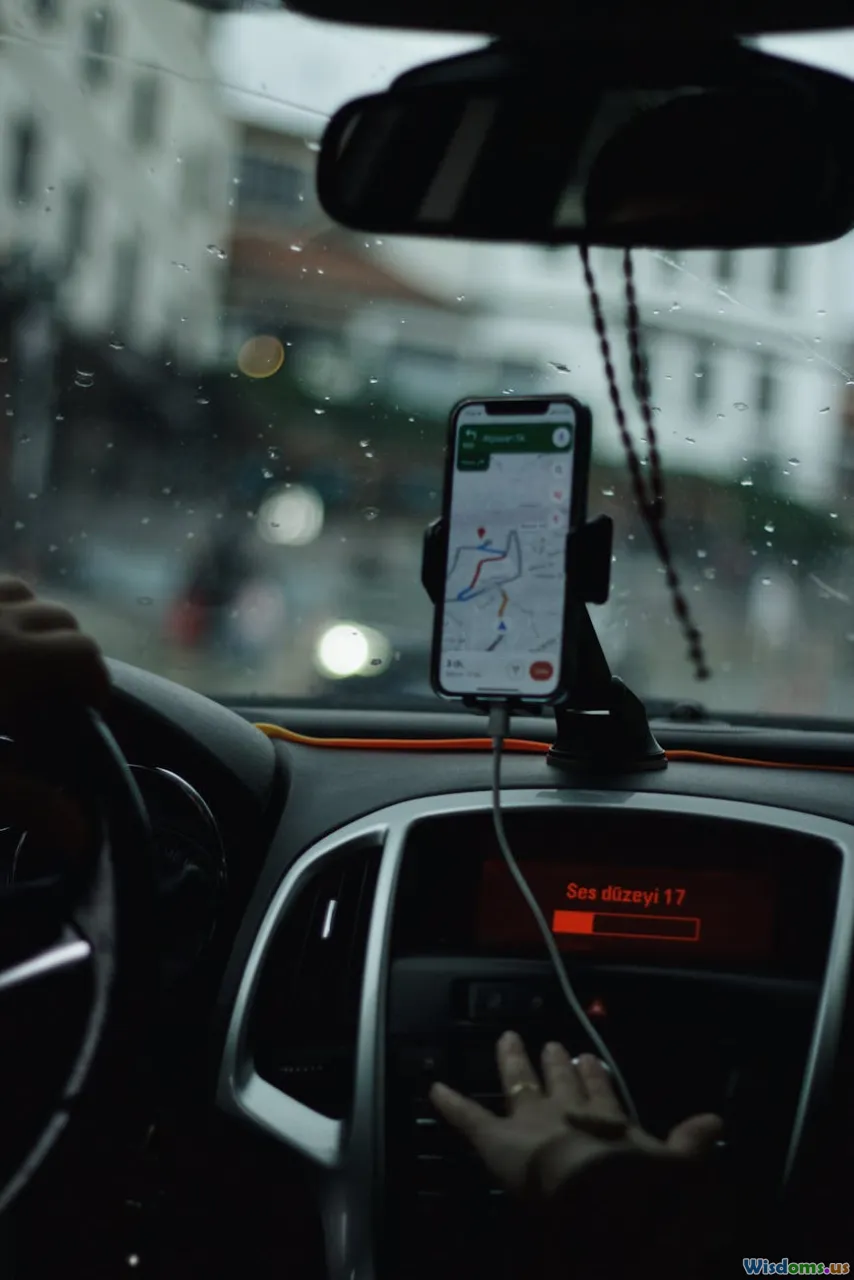
As 2024 unfolds, autonomous vehicle technology is doing more than just turning heads—it’s fundamentally shifting how cities, regulators, and everyday drivers talk about the future of mobility. The gap is closing between science fiction and tomorrow’s commute; what once sounded radical has turned practical and, for hundreds of thousands, already routine.
The brands leading this charge aren’t only those with the slickest showrooms, but those pushing the envelope in diverse arenas: from the sunbaked streets of Phoenix (Waymo), to U.S. freeways under Mercedes’ watchful AI, to the teeming tech hubs nurtured by Baidu, Pony.ai, and their compatriots.
Will the quest for fully autonomous, everywhere-anytime vehicles be settled this year? Not likely. But for early adopters, city planners, and technologists alike, 2024 stands as a year where leadership in autonomy is measured as much in public trust and real-world reliability, as by lines of code or laser beams bouncing across the freeway. The cars may soon steer themselves—but for all of us, the journey has only just begun.
Rate the Post
User Reviews
Popular Posts










